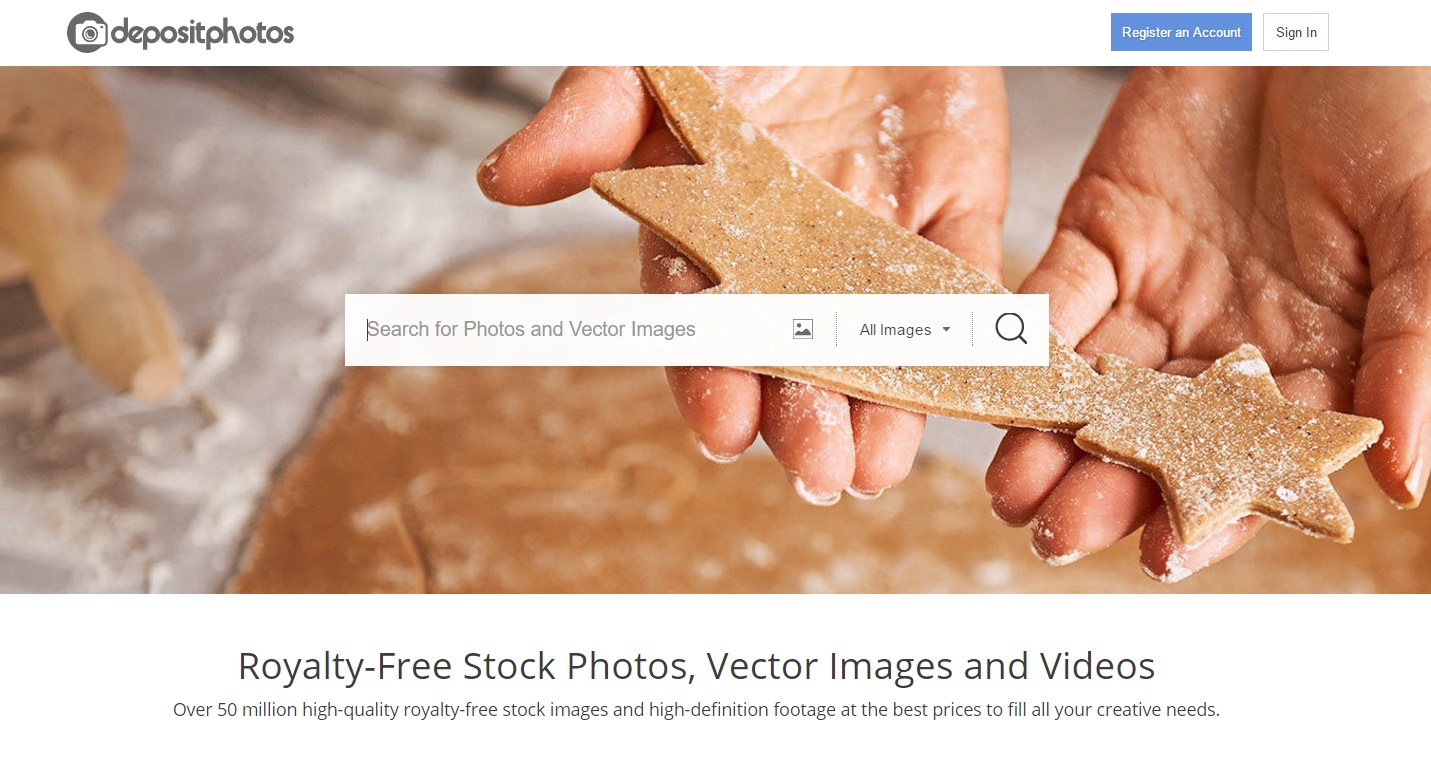Guide
A Startup’s Guide to Photography
Check why your startup needs photography
Here are some statistics to keep in mind:
Researchers have found that colored visuals increase people’s willingness to read a piece of content by 80%. (Source)
Content with relevant images gets 94% more views than content without relevant images. (Source)

Jot down your brand’s keywords
Get out a piece of paper and jot down all the keywords that relate to your brand, the message you’d like to communicate and the colors that are important in your brand story. This stage is important because the success of your visual communications strategy will depend on how strong your concept is.
For example: Your startup is developing an app that dips into the rental marketplace by making apartments available at the tip of one’s fingers. Your application makes apartment hunting significantly easier and much more convenient.
Keywords: convenience, rental, comforts of home, interior design, family home
Colors: brown, beige, burgundy, white

The keywords you choose do not have to describe the concept of your service specifically, instead think of your overall product portrayal and the image you’d like to illustrate.
Define the scope of your visual needs
- Website
- Blog
- Social media
- Mobile app
- PR activity
- Other print and advertising materials

Outline your target audience
Finalize your concept
1. Keywords you’ll be using to search for photographs
2. Main brand colors
3. Where you’ll be using photography
4. Target audience
This document will help you in the later stages of your search for photographs and will save you time. Make sure the people in your startup that will be working with your visual content will all have access to this information.

Choose your sources
You can conduct a basic search with Google images and find visuals that you can use under ‘Usage rights’, ‘labeled for reuse’. However, this option is limiting and isn’t sufficient for a startup business.

Photo banks
Depositphotos has a large library with efficient search algorithms and curated collections of images. You can start your search for visuals and purchase a monthly subscription for about $50-$100. With Depositphotos, you also have the option of choosing a Flexible Plan where images are $1 each.

Free stock photography

Hiring a professional photographer
The disadvantage is that this is the more expensive option and won’t be a cost effective solution in the long run. This is due to the fact that the need for visuals is a constant factor and hiring a professional every time is not cost effective when you have much bigger goals to fulfill.

Learn from competition and research

Familiarize yourself with the visual trends of 2017
One of the main movements in photography is going to be authenticity. Authentic images are ones we can relate to; they carry positive messages and appeal to our emotions. Learn more about the visual trends of 2017 and how you can work with the new trends to stay on top of your game.

Check general guidelines for choosing photography
- Natural lighting
- Balanced contrast
- Authenticity
- Appealing composition
- Sincere emotions
- Style consistency
Start building your collection. Create a vision board
When you’re just starting your search for visuals, you can use Pinterest to create a moodboard. If you use images from Google, keep in mind that you will not be able to use them for commercial purposes. If you are going to use Depositphotos, you can create a vision board in your profile under the ‘Favourites’ tab. This will save you time as you will have all the images you need in one place and be able to purchase them right from your vision board.
During this process, keep your vision in mind. The images you choose should translate a loud and clear message for your target audience. Try to translate your main concepts with the photographs you choose. Opt for visuals that work together to tell a story.

If you are starting your search on Depositphotos, you have the option of using a variety of filters to refine your search. This includes searching by color, number of people and contributors. Another great tactic is to use adjectives or emotion driven words to find more powerful content. You want to avoid being literal and instead search for images that will be relatable and translate or evoke emotions from your audience.

Curate your collection
Once your vision board takes shape, take your time to curate your collection. Not every image you’ve liked is going to be used for your project. You have to develop an editing eye and find consistency in your collection.

We’ve discussed general guidelines for choosing photographs and the latest trends but you should also know what images you should stray away from. This includes stock photography cliches. Here is a useful article on cliches and the mistakes you should avoid when using stock photography.

Choose how to edit and customize your photographs
In the example below, we created 2 different versions from the original photograph. You can use this strategy to further customize your works. It is also another reason why high-quality images are a priority; you have more material to work with and set yourself up for creative success.
You can also use several photographs to create collages with tools like Fotor. Fotor is extremely easy to use and gives your collages a polished, professional look.


Create templates for future use
One of the reasons to use templates is that they can be customized to perfectly fit your messages. You might find that all your image needs is a few lines of text, shapes or an icon. With templates on Canva, you can put together real masterpieces and save them for later use.

Finalize your work process
It’s also a good idea to document what tools you use and how much time you invest into personalizing your images. These are all important things to keep in mind as you watch for statistics to see what works and what doesn’t. Generally, you should notice a spike in traffic if you devote some serious time to your visuals.

Follow up
With a great resource such as Depositphotos and a solid plan for your visual communications, your business will flourish and hopefully bring you a new wave of clients. If you choose other resources for your visual needs, remember to give credits to your sources to add a touch of professionalism to your publications and projects.
For more information, visit the business section of the Depositphotos blog. It’s a great way to stay on top of the latest trends, get useful weekly tips for your projects and keep up with the visual communications industry.